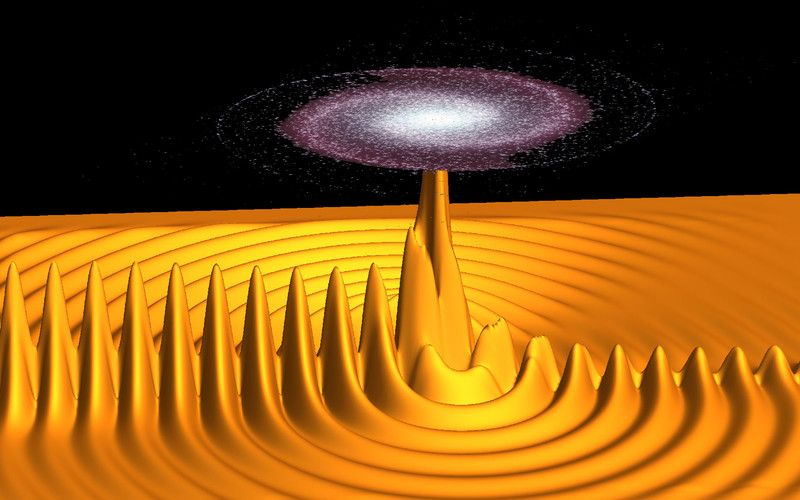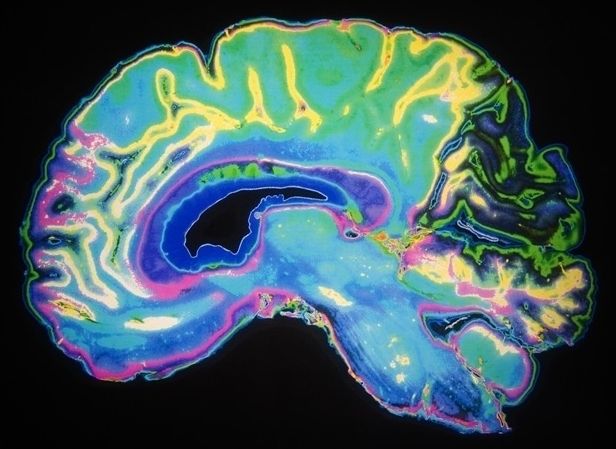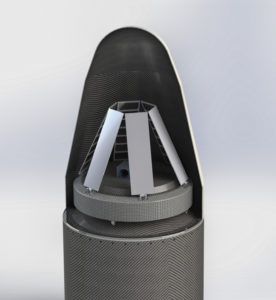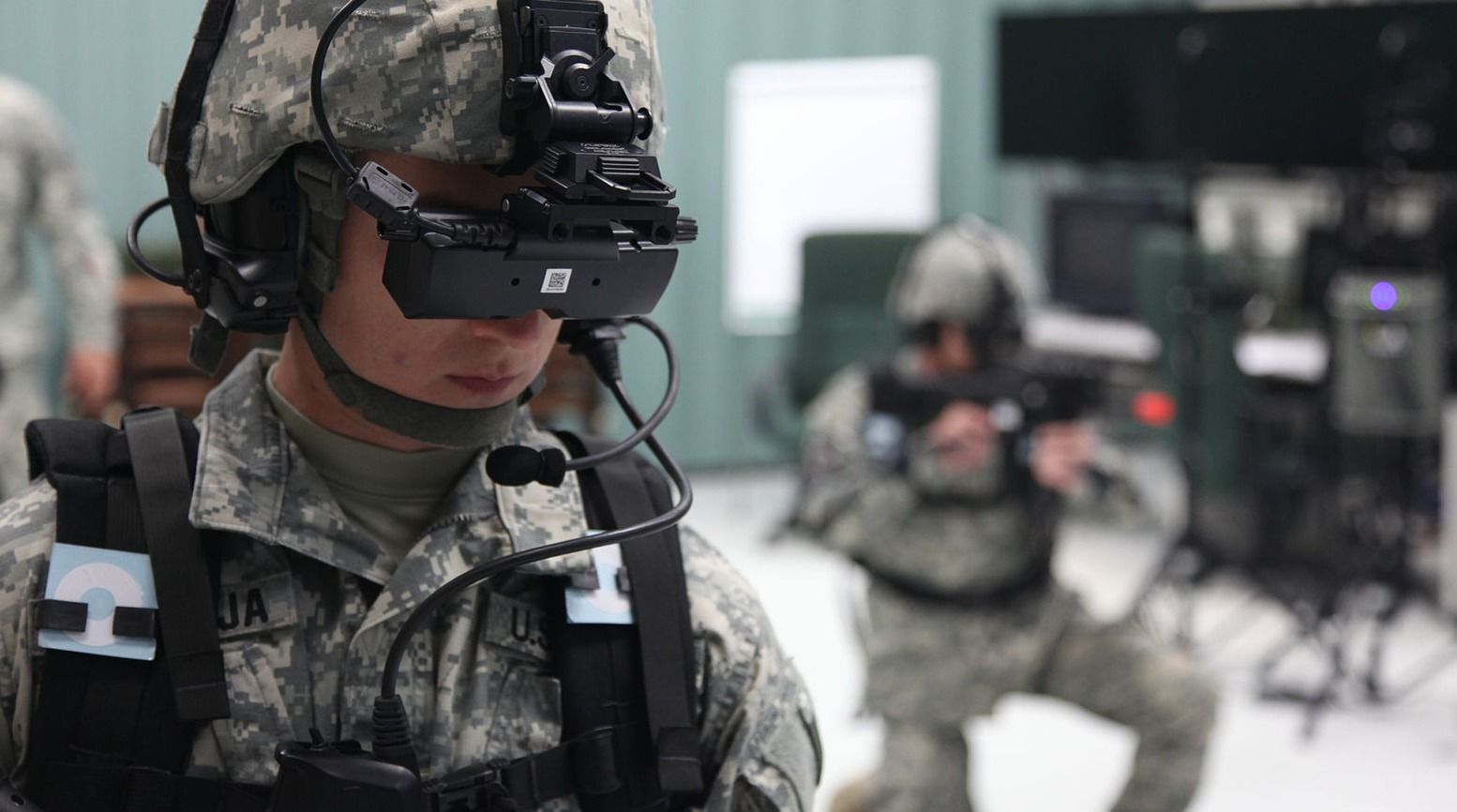Particle physics is an interesting and complicated field of study. Its theoretical framework, the Standard Model, was developed during the second half of the twentieth century and it opened he possibility to explaining the behavior of the basic blocks of the Universe. It also classified all the particles, from the electron (discovered in 1897) to the Higgs Boson (found in 2012). It is not pretentious to claim that it is one of the most successful theories in Science.
Unfortunately, the Standard Model is also a very difficult theory to handle. By using an analytic approach many problems cannot be solved and computational methods require a huge computational power. Most of the simulations about this theory are performed in supercomputers and they have severe limitations. For instance, the mass of the proton can be calculated by the use of a technique called Lattice Quantum Chromodynamics (lattice QCD), but even using a supercomputer of the Blue Gene type the error was around 2% . This is a huge achievement that shows the utility of the theory, but it is also a signal about the necessity of developing new numerical tools to handle this kind of calculations.
One potential solution to this problem is to use quantum systems in order to perform the simulations. This idea is at the core of the field of quantum computing and it was first proposed by one of the pioneers in the study of particle physics, Richard Feynman . Feynman’s idea is easy to explain. Quantum systems are very difficult to simulate by the use of ordinary classical computers but by using quantum systems we can simulate different quantum systems. If we have a quantum system that we cannot control but we can mimic its dynamics to a friendly quantum system we have solved the problem. We can just manipulate the second system and infer the results to the first one.






 ly difficult to maneuver and control once in space, and George Washington University’s plasma thruster technology helps us manage this problem. The thrusters use titanium as a propellant, which is converted into a gas-like plasma to provide propulsion. The plasma then accelerates and expands into a vacuum at high velocities to produce thrust. This thrust helps the craft overcome drag and maintain the small satellite’s orbit. We plan to use the technology as part of our launch system dedicated to micro spacecraft.
ly difficult to maneuver and control once in space, and George Washington University’s plasma thruster technology helps us manage this problem. The thrusters use titanium as a propellant, which is converted into a gas-like plasma to provide propulsion. The plasma then accelerates and expands into a vacuum at high velocities to produce thrust. This thrust helps the craft overcome drag and maintain the small satellite’s orbit. We plan to use the technology as part of our launch system dedicated to micro spacecraft.
